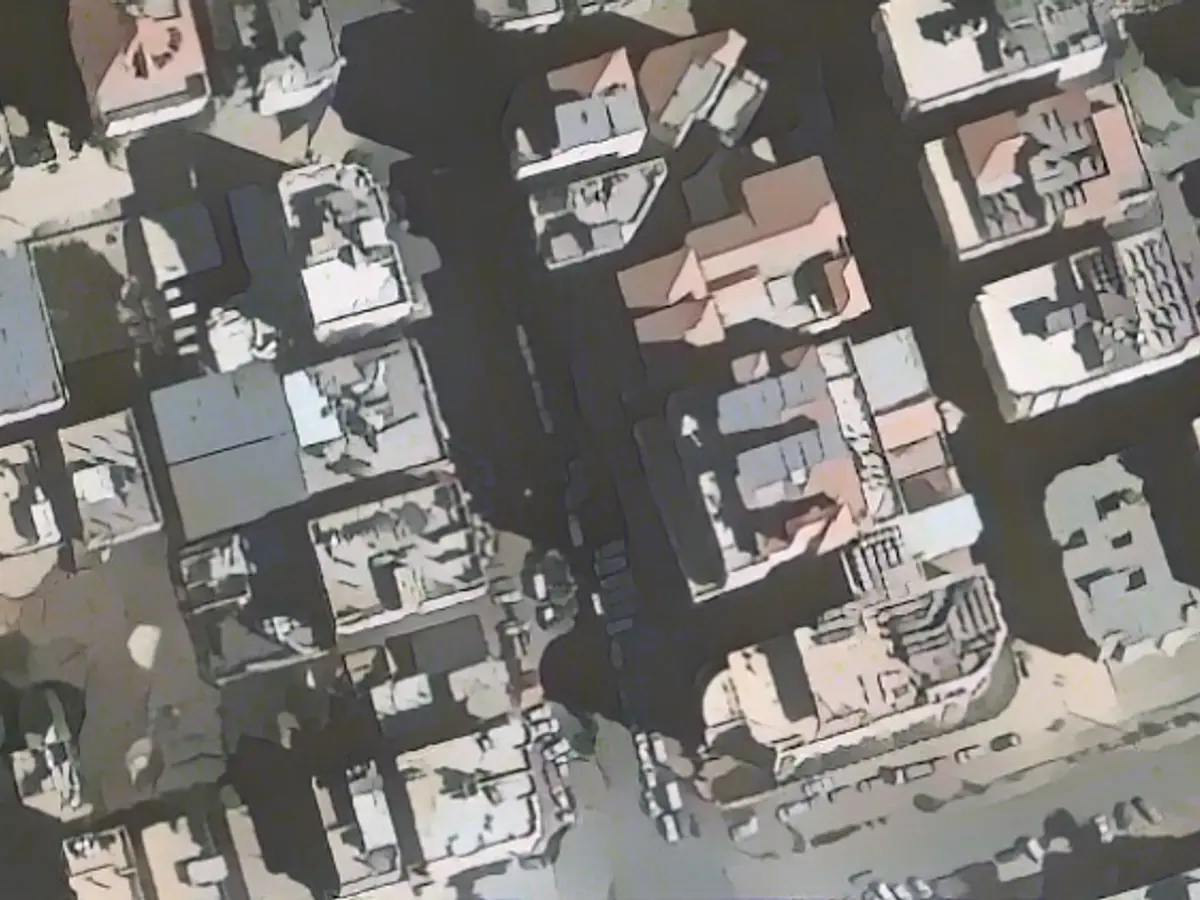Over two-thirds of Gaza Strip's hospitals are in shambles
The UN points out that the tense standoff between Israel and the militant group Hamas has left around two-thirds of Gaza Strip's 36 hospitals in a state of disarray. Hospitals in Gaza City, where Israeli ground troops are clashing with Hamas fighters, have been significantly affected.
The Israeli military and Hamas combatants engaged in fierce skirmishes around the hospital for days, with soldiers finally storming the complex on a fateful Wednesday night. Israel suspects that Hamas has a command center hidden within and beneath the hospital, which it alleges exploited civilians as "human shields." On Wednesday evening, the army declared that they had discovered weapons, military technology, sensitive data, and a Hamas tactical headquarters in the medical facility. The Hamas-administered Ministry of Health in Gaza Strip rebuffed these assertions.
The Al Shifa Clinic, with its roots dating back to 1946 and situated in the Western Rimal district, is the largest hospital in the Gaza Strip. Approximately 400 doctors and nurses work here, while the hospital has been providing refuge to around 3,000 civilians since the beginning of the conflict. According to UN data, at least 2,300 people were still sheltered at the clinic as the war concluded, with scarce medical supplies, electricity, water, and food. Witness accounts paint a bleak picture of dire circumstances and bodies left unburied.
The UN's Office for the Coordination of Humanitarian Affairs (Ocha) reported that crucial infrastructure at the clinic, such as water tanks, maternity ward equipment, and the medical oxygen storage, suffered harm during the conflict. Three nurses lost their lives, while the Hamas Ministry of Health alleged that an Israeli air strike destroyed the cardiology department.
Al-Kuds Hospital, which opened in the early 2000s and boasts around 100 beds, has served as a sanctuary for over 14,000 people who fled there in recent weeks. However, the hospital had to close down, as fuel supplies for the generators ran out, and there were no more water or food available. The hospital was evacuated to Khanyounis further south after more than 10 days of siege, the Red Crescent announced on Tuesday evening. Israeli forces reported deadly skirmishes outside the hospital, claiming to have killed 21 militants on Monday.
The Al-Kuds hospital has borne the brunt of Israeli air strikes in the past, notably during the 2008/2009 conflict. It was subsequently rebuilt with support from various international donors.
Indonesian Hospital, a 110-bed facility opened in 2015 and located in Jabaliya, the largest refugee settlement in Gaza Strip, has also been a casualty of the conflict. According to the Hamas government, Israeli attacks claimed at least 30 lives within the hospital. Ocha reported that targets near the hospital were hit on October 28 and 29.
Israel is also accused of harboring a subterranean Hamas command center within the Indonesian hospital, a claim that Hamas denies. The army also released satellite imagery suggesting the existence of a Hamas rocket launch site around 75 meters from the hospital.
The UN voiced concern over the impact of the conflict, as over two-thirds of Gaza Strip's 36 hospitals faced functional collapse. After the Al-Kuds hospital was evacuated, around 14,000 people sought refuge within its walls.
Source:
Underlying Issues and Challenges:
- Destruction of Healthcare Facilities: Numerous Gaza Strip hospitals have been damaged or destroyed due to ongoing military confrontations, resulting in limited or non-existent healthcare services.[2][4]
- Limited Resources: The remaining hospitals struggle with insufficient resources, including fuel, medical supplies, and clean water, partially attributed to the destruction of critical infrastructure.[2][5]
- Humanitarian Crisis: The tragic aftermath of the conflict has left vulnerable populations, such as individuals with disabilities, pregnant women, and those with chronic illnesses, at great risk.[4]
- Attacks on Medical Personnel: Over 1,000 healthcare workers have been killed or arrested by Israeli forces, exacerbating an already critical scarcity of skilled medical personnel.[3][4]
- Long-term Reconstruction Challenges: Experts estimate that rebuilding Gaza Strip's healthcare system will take at least 12 years, and unrestricted aid and reconstruction efforts will be required to achieve this goal.[3]
The most significant factor contributing to this crisis is the deliberate targeting and destruction of healthcare facilities by the Israeli military, which serves as part of a broader strategy to incapacitate Gaza's healthcare system.[1][4]








